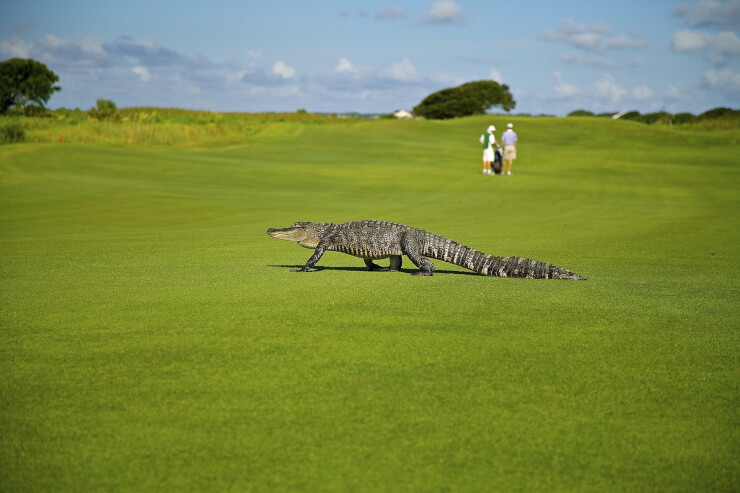
This is directed more towards the seasoned golfer that enjoys playing new courses in open competitions, but it also advice that many golfers can benefit from.
As busy work schedules often get in the way of preparation for tournaments our time management is paramount. This can also be true for those of you that are trying to manage your golfing time around an injury.
Visiting a variety of golf courses poses additional difficulties than when you are playing your home course;
- You may not know the layout of the clubhouse
- You may not know the quickest route there
- You may find a different type of grass used for the greens or fairways
- You won´t know the course layout
But above all of these you won´t know the best way to plot your way around the golf course, you may be playing it blind.
There are a few ways which you can combat this lack of knowledge;
1 – Play a practice round, which is not always practical due to time restraints or fear of injuring yourself
2 – You can purchase a yardage book (which you should do regardless)
3 – You can walk the course
It is the 3rd option, coupled with the 2nd option which provides the best way of gaining course knowledge in about an hour.
Walking the course, late in the afternoon will give you the chance to view the layout, search for hidden hazards and get a feel for the way the course may play.
However, if you really want to take advantage, walk the course backwards.
Walking the course backwards adds a new dimension to your recon mission, it lets you see the hole from the designer’s point of view.
For example, have you ever played a new course to reach a hole where a bunker appears to be protecting the very front of the green, only to find out that in fact it was 40 yards or so short of the putting surface, ruining your club selection?
If you had walked the course from the green to the tee you would have been able to see this more clearly than walking it with the direction of play.
Couple this with your yardage chart, very poignant notes can be made to help you plot your way around the unfamiliar layout, with far more success and assurance.
As you are walking the course, take note of possible pin positions and look back towards the tee to determine the best line from which to attack the pin.
If you are in doubt about this method, then try the following on your home course (a course you know like the back of your hand). Head to the green of your bogey hole and take a few minutes to see how you could change the way you play it. You may see that there is indeed more room to the side that you are trying desperately to avoid, or you may see that the best line into the green is in fact as far right as you can go.
Walking the course backwards is the way to see the course from the perspective of the designer. It opens up a world of new tactics.

Recent Comments